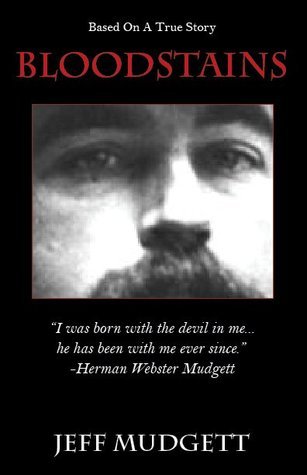
The Devil in the White City: Murder, Magic, and Madness at the Fair That Changed America
Book Description
Amid the dazzling spectacle of the 1893 Chicago World's Fair, a sinister plot unfolds behind the glittering facade. As architects vie for glory and visitors bask in technological marvels, a charismatic yet chilling figure prowls the shadows, luring victims into a web of horror. Erik Larson weaves an electrifying tale of ambition, betrayal, and the darker side of progress, revealing how a city’s triumph can conceal a deadly secret. Will the fair become a beacon of hope, or will it serve as the backdrop for unspeakable evil? Discover the haunting truth behind America’s greatest celebration.
Quick Book Summary
"The Devil in the White City" by Erik Larson is a riveting nonfiction account that intertwines two dramatic stories set against the backdrop of the 1893 Chicago World's Fair. On one side, the book explores the ambition and brilliance of architect Daniel H. Burnham, who oversaw the massive and challenging creation of the Fair, known as the White City. On the darker side, it tells the chilling true story of Dr. H.H. Holmes, America's first known serial killer, who used the fair and its opportunities to lure and murder unsuspecting victims. Larson skillfully weaves history, architectural achievement, and true-crime narrative to expose the light and shadow of this unique moment in American history. The result is a compelling look at progress, deception, and the complexity of human nature.
Summary of Key Ideas
Table of Contents
Architectural Ambition and Innovation
Against the rapidly industrializing backdrop of late 19th-century Chicago, city leaders select Daniel H. Burnham, a visionary architect, to oversee the planning and construction of the 1893 World's Columbian Exposition. Ambitious in scope, Burnham's project aims to surpass the Paris Exposition and redefine the city’s global reputation. Despite facing monumental logistical challenges, political wrangling, and tight deadlines, Burnham and his team bring together America’s best talents, introducing marvels like the Ferris wheel and innovative urban design. The Fair quickly becomes a symbol of America's ingenuity and optimism.
The Shadows of Crime and Deception
Parallel to the fair's dazzling progress, Dr. H.H. Holmes operates in the shadows. Charismatic, intelligent, and unscrupulous, Holmes constructs a hotel near the fairgrounds uniquely designed for murder. Using charm and deceit, he lures young women and other vulnerable individuals to their deaths. The contrast between the gleaming ideals of the World’s Fair and Holmes’ horrifying crimes underscores the dual nature of human ambition—one striving for light and achievement, the other descending into darkness and exploitation.
The Intersection of Progress and Darkness
Larson delves deep into the psychological makeup of his principal figures. Burnham is portrayed as both resilient and anxious, bearing the weight of a city’s expectations while pushing the boundaries of architectural possibility. Holmes, on the other hand, is chillingly methodical, exploiting trust and opportunity with ease. The narrative uncovers how both men, in very different ways, embody the restless energy of the age—one fueling progress, the other exploiting its shadows.
Real-life Characters and Psychological Depth
The Fair’s legacy reverberates far beyond 1893. Chicago's infrastructure was transformed, America gained confidence on the world stage, and the architectural advances set new standards in urban development. Yet, the fair’s dark side also left a scar: Holmes’ crimes both fascinated and terrified the nation, exposing vulnerabilities in a rapidly changing society. Through both tales, Larson illustrates how great achievements and profound horror can arise simultaneously from societal ambition.
The Lasting Impact of the 1893 World's Fair
Erik Larson’s intertwining narrative structure enriches "The Devil in the White City" with suspense, historical context, and moral complexity. By juxtaposing innovation with evil, Larson not only reveals the extraordinary events of the 1893 World's Fair but also challenges readers to confront the shadowy edges of human progress. The book stands as a meditation on duality: the power of vision to inspire and the capacity for darkness to lurk beneath even the brightest triumphs.
Download This Summary
Get a free PDF of this summary instantly — no email required.





